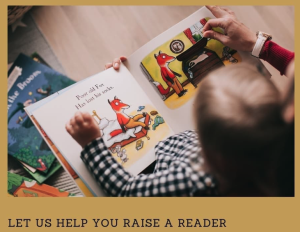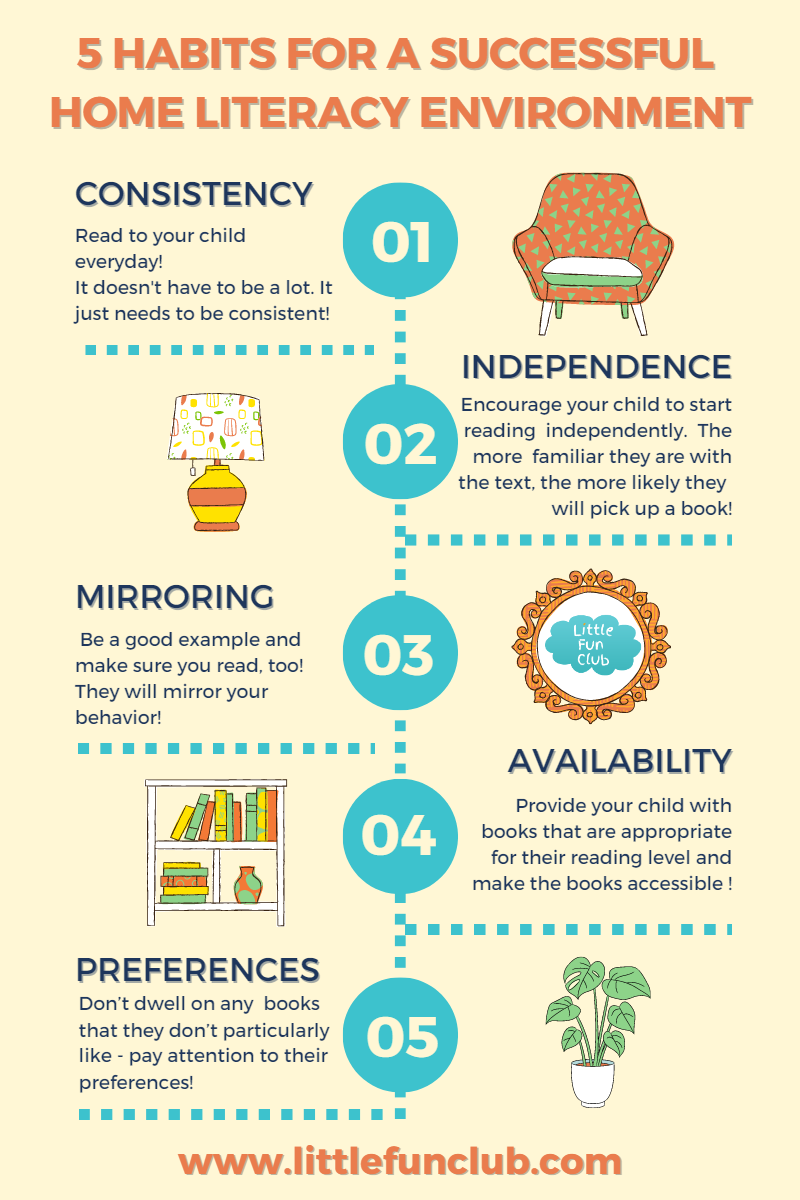 Reading stories to children has a lot of benefits, not the least of which is the enjoyment they get from hearing a good story and spending time with their parents/caregivers (see more about the benefits of reading here). Reading books is an excellent way to bond with your child. It is also an amazing activity that plays an important role in language development and emotional well being. It’s no wonder that parents are often encouraged to read to their children from a very young age.
Reading stories to children has a lot of benefits, not the least of which is the enjoyment they get from hearing a good story and spending time with their parents/caregivers (see more about the benefits of reading here). Reading books is an excellent way to bond with your child. It is also an amazing activity that plays an important role in language development and emotional well being. It’s no wonder that parents are often encouraged to read to their children from a very young age.
Reading to a child is one of the most important things a parent can do for their child. Reading has a profound impact on their literacy skills and language development.
According to The Sooner, the Better: Early Reading to Children study by Frank Niklas, Caroline Cohrssen, Collette Tayler children’s language and literacy competence does not begin when children enter school. Moreover children’s literacy learning starts well before formal schooling, and studies have shown that children are sensitive to speech even prenatally (e.g., Moon, Lagercrantz, & Kuhl, 2013; Partanen et al., 2013). How amazing is that? Prenatally! Reading a book and enjoying the process of reading is a process in and of itself. One of the best ways to teach your child to enjoy the story time is to discuss the story being read, talking about the storybook illustrations, asking questions about the story, and make predictions. The more you talk about the story and make connections with what the children are reading, the more engaged they will be the next time around. The environment where you read is also important. The atmosphere, ambiance and comfort while reading plays a major role.
How to Make Sure You are Creating the Right Home Literacy Environment for Your Child
Places like schools and libraries that are designed with learning in mind are not always accessible. We’ve learned that the hard way after living through a literal pandemic and several lockdowns. Who knew? Creating a home literacy environment is a good idea if you have a child or children growing up with you. This does not mean that you need to all of a sudden tear down the bedroom walls! Serve as an example - Read with them! Encourage them to read independently! And, if you can, create a corner in the house which is set up for quiet and comfortable reading and other educational activities. This is your home literacy environment! Children will spend most of their time in these spaces. Keep in mind that the home literacy environments along with daily reading time/story time at home are more likely to result in children who grow up to be better readers than those who are not read to.
Children with a strong literacy foundation will be able to build upon the skills they learn by being read to and it will help them develop a love of reading as well.
A home literacy environment is a place where children can explore, engage in, and experience literacy. It is an area in the house where there are books, magazines, newspapers, and other materials that are interesting to children. There are also places for children to write, draw and paint as well as items for them to read aloud. You want to engage their speech, motor, and visual skills as much as possible at an early stage!
8 Tips for Setting Up a Home Literacy Environment for your Child
Parents can be supported by the awareness that children learn more from reading at home. Creating a literacy environment at home is an important step in raising a reader. Here are some tips to follow in this process:
1. Read to your child every day. It doesn’t have to be a lot. It just needs to be consistent!
2. Encourage your child to read independently
3. Provide your child with books that are appropriate for their reading level and make the books accessible for them
Don’t dwell on any of the books that they don’t particularly like, but rather feed them with the titles and genres they do like. Pay attention to their preferences.
5. If possible be a good example and make sure you read yourself or spend some time and read together
6. Place bookshelves near windows with natural light or near lamps with soft light so that books can be seen from across the room
7. Choose furniture that has plenty of storage space underneath or inside so it doesn't take up too much space in the room
8 Use your walls as a bulletin board by using push pins to pin up pictures, writing samples or other items related to reading and writing
To create an ideal environment, parents should make reading activities part of everyday life. This includes having books in the house, encouraging children to read, and showing them that it's okay to make mistakes by correcting them when they do.Normalize! Normalize! Normalize!

3 Ways Parents can Instill Interest in Reading at Home
The more children are exposed to reading, the more they are likely to develop a love for it.
In order to get children interested in reading, parents should make the experience fun and interactive. There are three ways parents can instill interest in their children:
1) Read aloud with your child.
2) Engage them by discussing what you have read.
3) Keep the books coming so that they feel ownership and pride about the books they have and books they have read (this is why Little Fun Club book subscription boxes are addressed to the child on your account).
How Important is it that you Read Books with your Children?
We obviously can’t say it enough! Reading is one of the most important activities that we can do with our children! It provides a lot of benefits for both children and parents. The world we live in today is filled with too much noise from all the electronic gadgets and bombardment of information and reading with your child will give you the necessary pause to disconnect, to recharge, to have perspective and enjoy precious moments with your child. Trust us! We’re parents, too! They will cherish these moments with you for years to come. The benefits of reading start with the parent-child relationship. Reading aloud to your child creates a sense of closeness and intimacy. It also allows you to talk about the book together, which can lead to better communication between you and your child, better comprehension skills, better retaining of information, etc.
Reading aloud also helps children develop empathy and emotional intelligence, as they see how characters in books react to different situations.
Finally, reading aloud allows parents to teach their children different words, concepts, and ideas that they might not otherwise be exposed to in their day-to-day lives. Convinced yet? Grab a book. Better yet, sign up so that we can send you amazing titles, age appropriate and curated with your child in mind!


